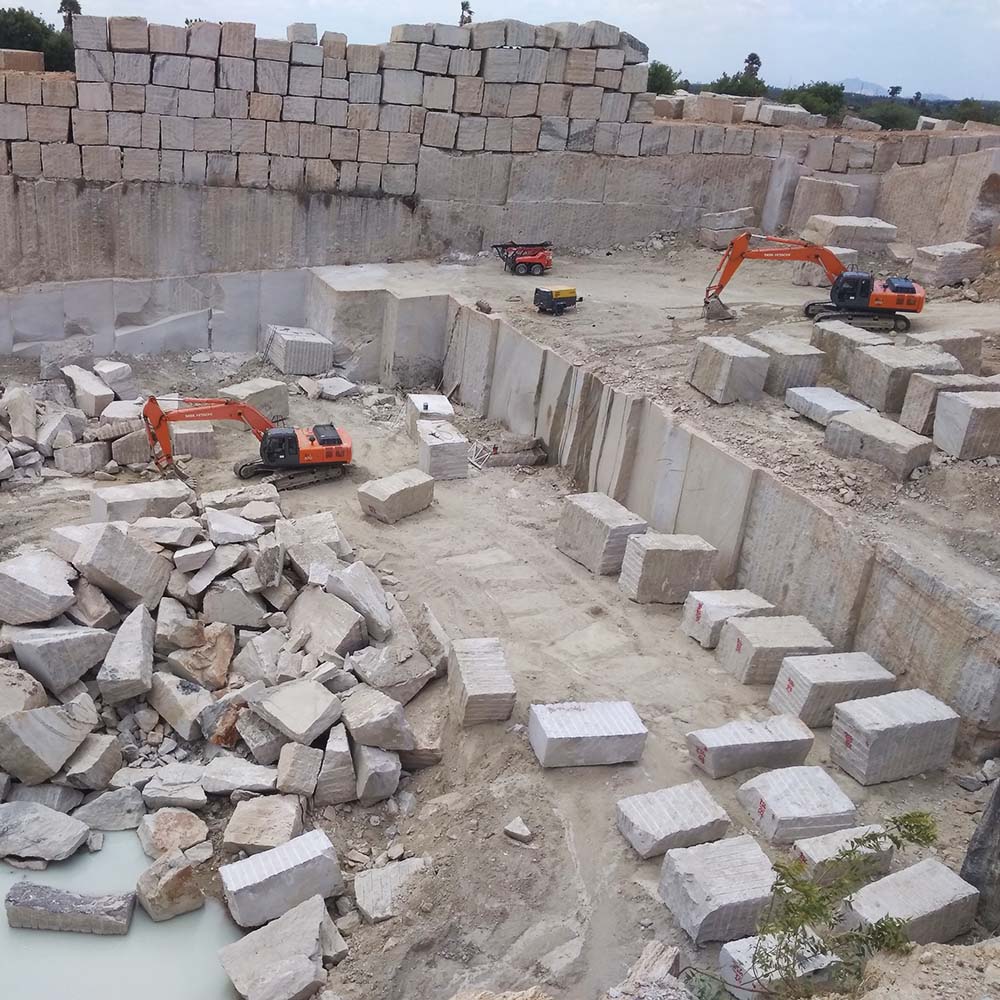Diving right into of Granite Quarries in South Africa
Discovering the Rich History and Lasting Practices of Granite Quarrying
As we base on the precipice of discovering the elaborate tapestry of granite quarrying, a journey via time discloses not simply the physical act of extracting stone yet also the cultural and historic significance woven right into the extremely material of this practice. From the old beginnings that laid the structure for modern-day quarrying methods to the lasting practices that are forming the future of this market, each sculpt mark on granite surfaces informs a story waiting to be uncovered (granite quarries in south africa). The heritage of granite quarrying stretches far beyond mere extraction; it is a testament to human ingenuity, resilience, and the enduring appeal of this impressive rock
Old Beginnings of Granite Quarrying
Dating back to old people, the method of quarrying granite has actually been an integral component of human background and architectural development. The earliest evidence of granite quarrying dates back to old Egypt, where massive pyramids and intricate sculptures were crafted from this long lasting rock. The Egyptians used primitive devices to extract granite blocks from quarries, showcasing the relevance of this product in their monumental constructions.
Moving forward in background, the Greeks likewise made considerable contributions to the quarrying of granite. The Greeks used granite in numerous architectural marvels, such as holy places and sculptures, demonstrating their skill in shaping and carving this durable rock. The Romans better fine-tuned the methods of quarrying granite, utilizing advanced tools like chisels and hammers to essence and form granite for their legendary frameworks.
Through the centuries, the technique of quarrying granite has actually evolved, with modern-day technologies improving efficiency while keeping the classic appeal of this natural rock - granite quarries in south africa. From ancient worlds to contemporary builders, the legacy of granite quarrying remains to form our world
Evolution of Quarrying Methods
The development of quarrying techniques has actually been marked by a continual progression in the direction of greater efficiency and accuracy in drawing out granite. Early quarrying techniques involved hands-on labor with basic tools such as blades, hammers, and wedges to draw out granite blocks from the planet.
In more current times, the arrival of machinery revolutionized the quarrying market, enabling faster extraction prices and boosted performance. Technologies such as ruby wire saws, high-pressure water jets, and pneumatically-driven drills have become basic in modern click reference quarries, enabling specific cutting and minimized waste. Moreover, advancements in computer-controlled tools and 3D modeling have actually optimized quarrying procedures, bring about marginal ecological effect and enhanced sustainability practices. As the need for granite continues to increase, the evolution of quarrying techniques continues to be integral to conference industry requires effectively and sustainably.
Cultural Significance of Granite
Granite holds a profound social significance throughout numerous worlds due to its long-lasting visibility in architectural work of arts and prized monuments. The social value of granite prolongs beyond its physical attributes; it symbolizes durability, stability, and timelessness, making it a symbol of enduring legacies and practices.

Sustainable Practices in Quarrying
In the middle of the abundant background of granite quarrying and its see this here social significance lies an expanding emphasis on lasting methods within the sector. As ecological awareness and issues regarding resource exhaustion have heightened around the world, the quarrying field has actually progressively accepted sustainable approaches to decrease its click to investigate effect on the atmosphere and surrounding areas.

In addition, improvement and rehabilitation of quarry websites post-extraction are important to lasting methods. By bring back quarried areas to an all-natural or useful state, such as developing wild animals environments or entertainment areas, quarriers can offset the ecological impact of their operations and add positively to the neighborhood community.
Tradition of Granite Quarrying
With a historic background soaked in craftsmanship and commercial progress, what enduring effect has granite quarrying left on the landscape of modern society? The legacy of granite quarrying goes beyond mere extraction methods; it has formed building marvels, metropolitan landscapes, and cultural heritage worldwide. The sturdy nature of granite has made it a favored selection for monoliths, structures, and facilities, standing as a testimony to the ability and creativity of quarry workers throughout generations.
In addition, the financial footprint of granite quarrying can not be overlooked. The industry continues to give job opportunity and drive regional economic climates in regions where granite removal prevails. It has actually likewise spurred technical innovations in quarrying techniques and tools, causing extra efficient and sustainable practices.
In terms of sustainability, the tradition of granite quarrying consists of initiatives to alleviate ecological impacts through reclamation jobs and accountable source management. By balancing economic passions with environmental stewardship, the market strives to ensure that future generations can continue to take advantage of this enduring natural resource.
Verdict
